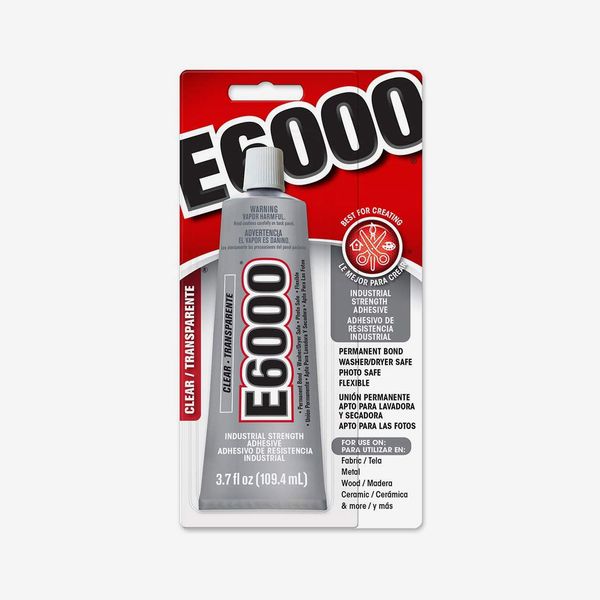
If you’ve already tried knitting, needlepoint, candle making, water-color painting, flower pressing, and tie-dyeing, you might be looking for your next quarantine craft project. Anyone with an interest in crafts that encompasses ceramics has probably seen the whimsical creations of California-based ceramicist and artist Katie Kimmel, which look like a kindergartener’s candy-fueled dreams come to life (she’s also well known for her food-themed line of T-shirts that feature letters spelling out things like “linguine and clams,” “lava cake,” and “chicken parm.”) Kimmel’s ceramic sculptures include everything from smiling cocktail shrimp to vases shaped like dogs or ducks or pigs — and she makes all of them by hand, without large equipment like wheels often used to make ceramics. For this reason, we thought she’d be the perfect person to ask about everything a would-be ceramicist needs to replicate one of her funky pieces at home. Below, Kimmel walks us through her process for making the duck and frog vases in the photo above, noting all the stuff you’ll need (from affordable acrylic paint to air-drying papier-mâché-like clay) to create one yourself at home.
“First, you need a can or jar that will serve as the skeleton of your vase — to make the duck, I use cans the size of these 13.7 ounce Heinz bean cans. (Eat the beans first.) Ideally, you would soak off the label. The nice thing about the instant papier-mâché I put on top of the can — more on that below — is that it’s pretty good at adhering to whatever I press it on to. A 24 ounce glass jar of tomato sauce is the perfect size and shape for the frog vase. You can of course use any can or mason jar you have lying around — just know that it will forever be a part of the vase you make.”
“CelluClay is really versatile. My best friend’s mom, who was a kid’s art teacher, introduced me to it. The product is essentially a manufactured papier-mâché that comes in a powder form; it looks like blended paper pulp. All you do is add water to it and it’ll turn into clay. I really like it because it has this lumpy quality. If you’re going to hand-make something, you should really lean into that hand-made quality with the textures.
The best way I have found to adhere the CelluClay to your vessel is to keep a bowl of water close by, so you can keep your hand really wet. I start by palming the CelluClay onto the can or jar, and once I’ve covered the entire thing in one layer, I’ll start building up the silhouette of the frog or duck; adding the arms, the beak, or any other shapes. Once you finish building your silhouette, you let it air-dry. I’d let it air-dry overnight. Sometimes, I put mine in the oven for four hours at 275 degrees to speed things up. But if you’re going to use a glass jar as the skeleton, be especially careful about putting it in the oven.”
“Once the CelluClay dries, it’s time to paint. You don’t need to invest in anything crazy — I’m not precious about paint. This Liquitex acrylic paint works really well for these vases. But if you already have watercolor paint at home, that could also be something you use, though it would create a different effect in the finished product because it’s a different kind of paint.”
“I’ll typically just buy massive packs of brushes from a place like JoAnn and use them to paint my pieces. I’m very hard on my brushes and go through them really fast. But if you don’t want to buy brushes, you could use Q-tips or even your fingers with the paints I like.”
“After the paint dries, I like to use this polymer clay for embellishments — like googly eyes, or the flies on the frog vase. Instead of painting those details on, I’ll fashion them from the Sculpey and then glue them on. It’s a totally different texture than the CelluClay, so it adds a bit more dimension. I suggest getting the multipack, which comes with a bunch of colors.”
“I use E-6000 glue to attach the Sculpey embellishments to vases. It’s my favorite glue.”
“If you want your vase to look like shiny ceramic piece, you can paint a layer of this glossy Mod Podge over it when you’re finished embellishing, to give it a sheen. This would be the very last step, after everything else has dried.”
The Strategist is designed to surface the most useful, expert recommendations for things to buy across the vast e-commerce landscape. Some of our latest conquests include the best acne treatments, rolling luggage, pillows for side sleepers, natural anxiety remedies, and bath towels. We update links when possible, but note that deals can expire and all prices are subject to change.














